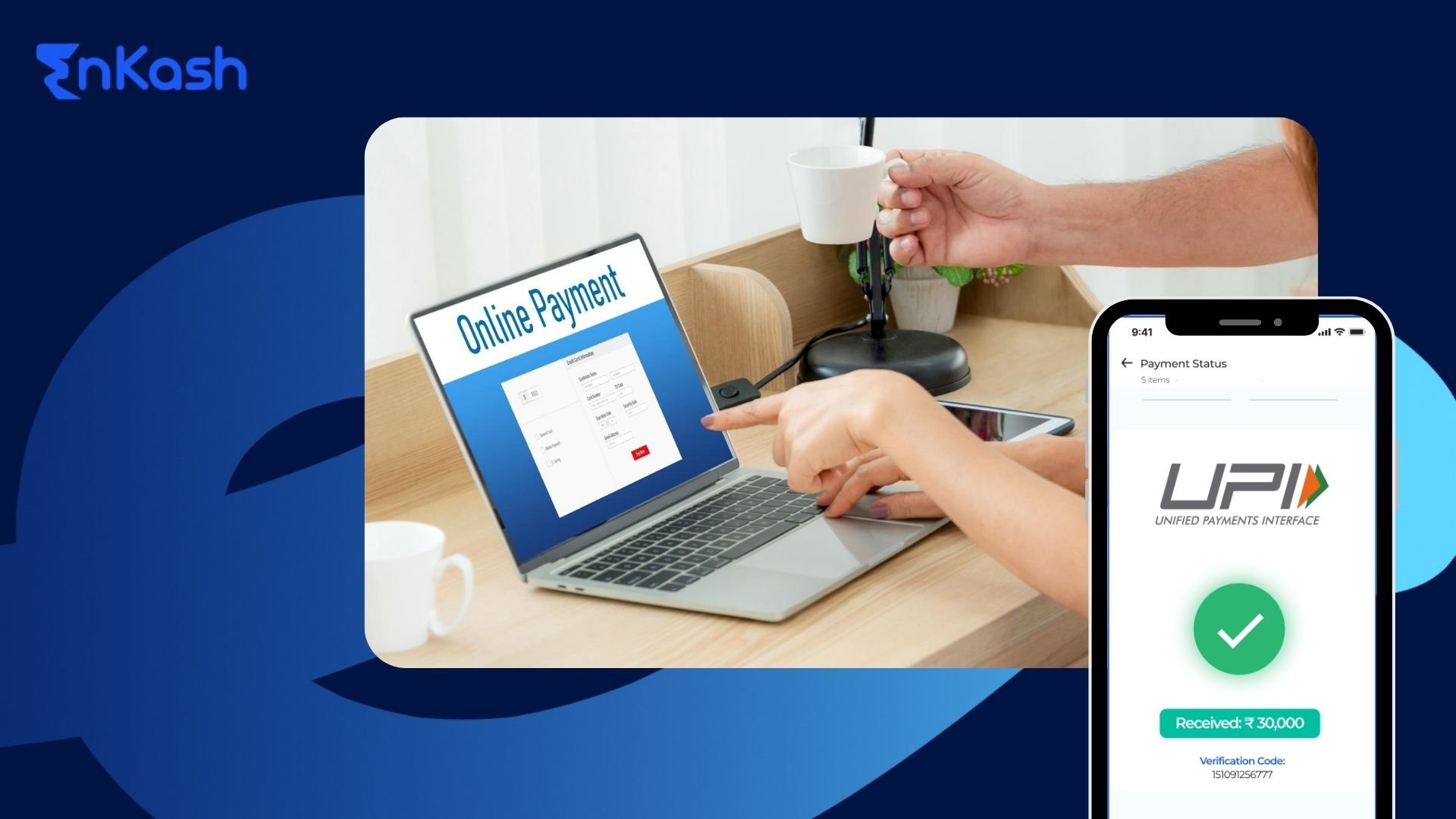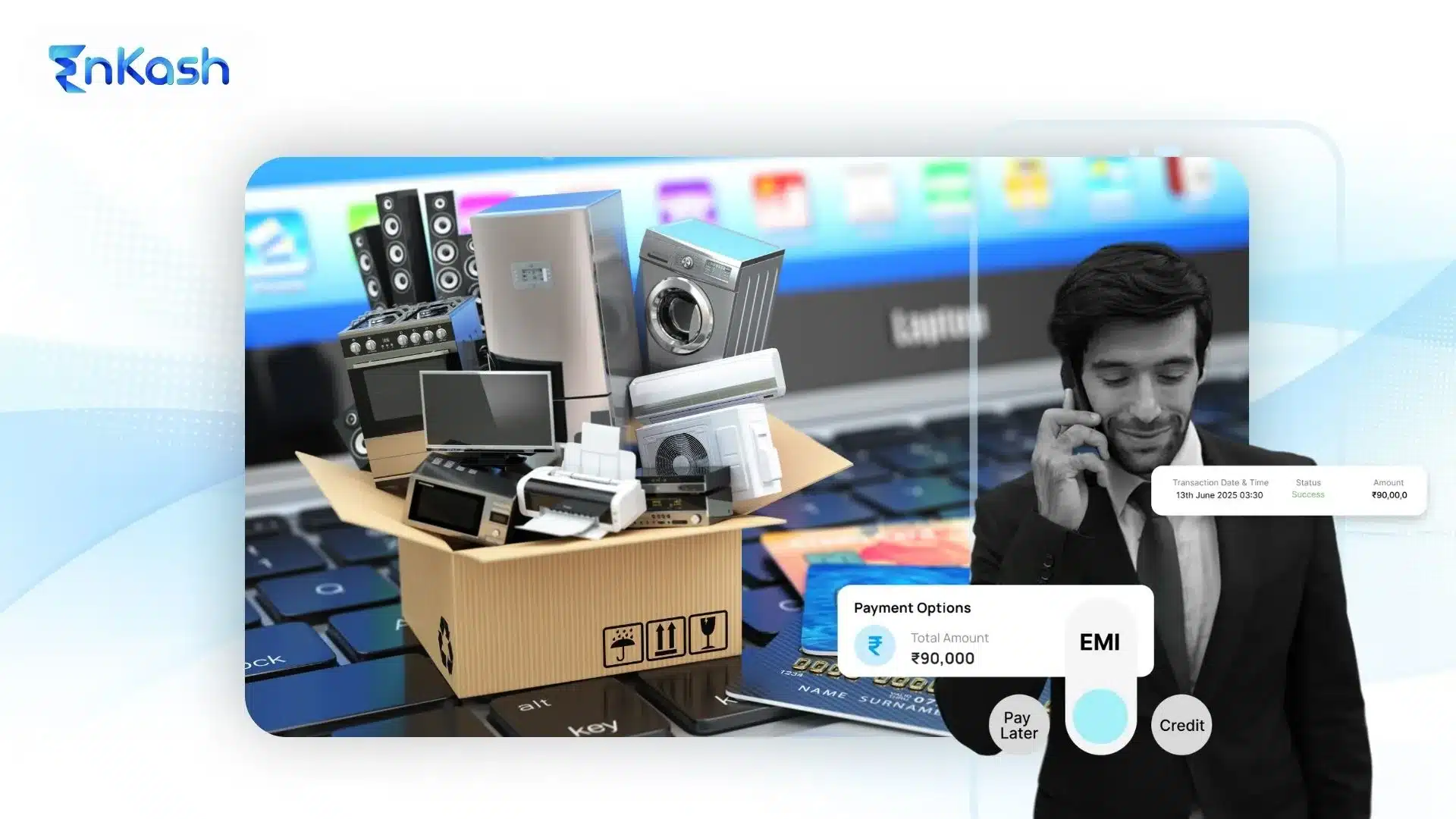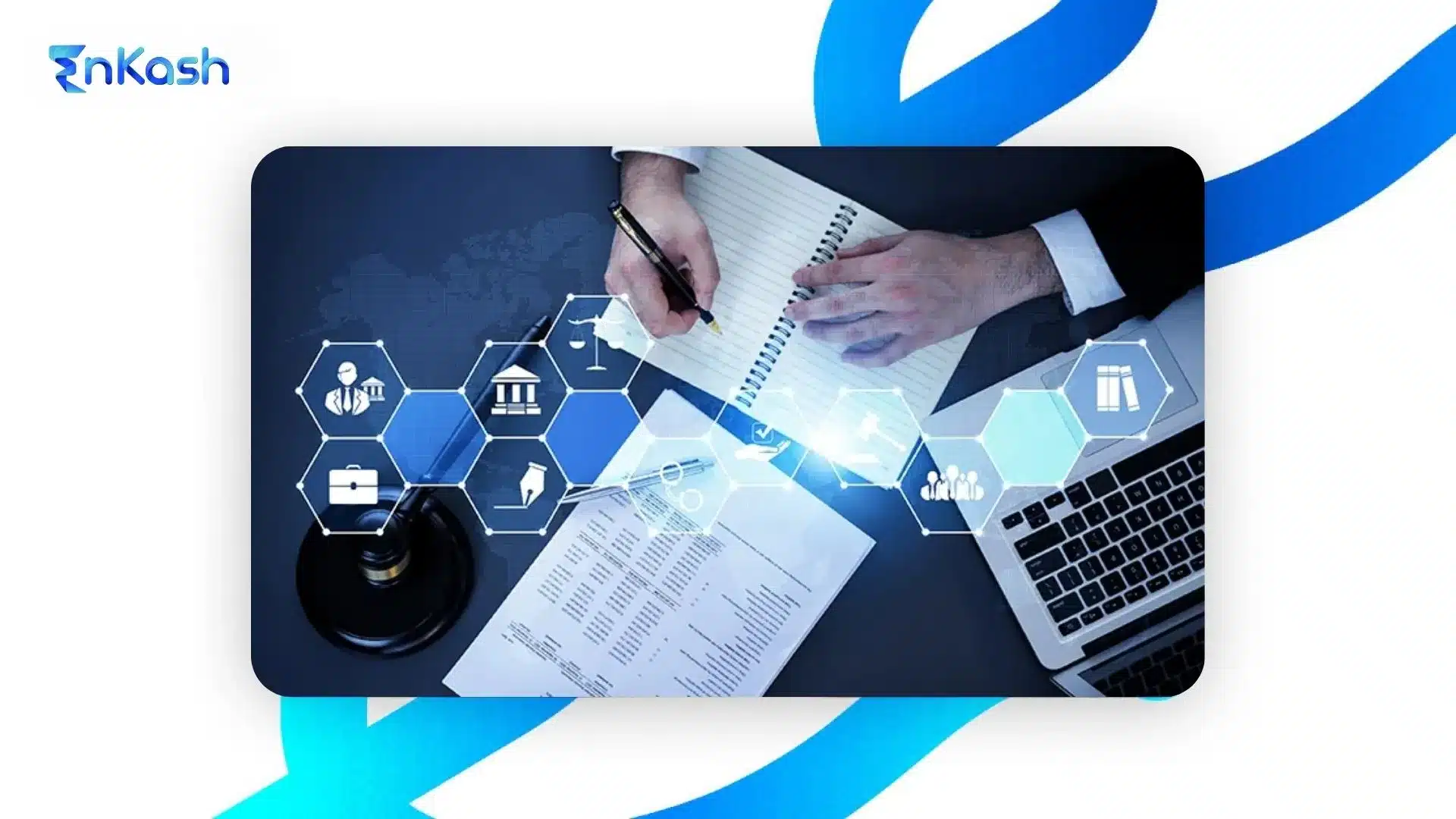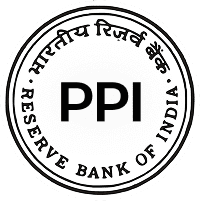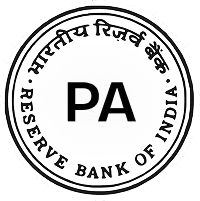In recent times, paying and receiving money online has become a normal part of daily life in India. Whether someone is buying clothes, ordering food, paying academy fees, or booking a cab, digital payments are being used far and wide. This change is not happening only in big metro cities but also in small municipalities and rural areas. A big reason for this is the growth of UPI(Unified Payments Interface). With just a UPI ID or by scanning a QR code using apps like Google Pay or PhonePe, people can send money instantly. India now processes billions of UPI transactions every month, significantly more than any other country.
For small and mid-size businesses, this shift brings both a challenge and an opportunity. Customers now anticipate easy online payment options. Businesses that don’t accept online payments may lose out to competitors that do.
Why Accepting Online Payments Matters for Businesses
Being suitable to accept payments online helps a business in numerous ways:
- Reach more customers: With online payments, a business can sell to customers in other metropolises or indeed across India.
- Get Paid Faster: Payments come directly into the bank account, frequently within a day or two.
- Give customers What They Want: Most people prefer to pay using UPI, cards, or wallets. Offering these options makes the experience smoother for them.
- Look further secure: Using a professional payment system gives customers confidence in the business.
- Save Time and Effort: Online systems reduce manual work like counting cash or matching payments.
What Does It Mean to Accept Payments Online?
Accepting payments online means allowing customers to pay using the internet instead of handing over cash or swiping a card at a store. This can include:
- UPI payments (like Google Pay, PhonePe, Paytm)
- Credit or debit cards
- Net banking
- Wallets (like Paytm, Amazon Pay)
- Buy Now, Pay Later (BNPL) options, which are becoming popular for both B2C and B2B buyers who prefer more flexible payment cycles
All these payments can be made on a website, app, or indeed through a payment link shared on WhatsApp or via email. To accept payment online in a safe and structured way, businesses use a payment gateway.
What’s a Payment Gateway and How Does It Work?
A payment gateway is like a digital cash register for online and card payments. It takes the customer’s payment information, makes sure it’s valid and secure, and then sends the money to the business’s bank.
That’s how it works, simply:
- A client chooses to pay online on a website or app.
- The payment gateway collects and sends the payment details securely.
- The bank checks if the client has sufficient funds and approves the payment.
- The money is transferred to the business’s bank account.
This process typically occurs in just a few seconds. A payment service provider (PSP) is the company that offers this payment gateway along with additional tools like dashboards, payment links, or reports.
Why Every Business Needs a Payment Gateway
A good business payment gateway makes a big difference. That’s why it’s important:
- Supports All Payment Methods: Customers can pay using UPI, cards, wallets, or net banking all through a single platform.
Safe-deposit box and Secure: Good gateways cover both the business and the client from fraud. - Fast settlement: Money reaches the business account quickly, often within 1 or 2 working days.
- Easy to Use: Most gateways have simple dashboards to see payment status, shoot links, or download reports.
- Helps Build Trust: Customers feel safer paying through trusted online platforms.
For small and mid-size businesses, a dependable payment gateway saves time, reduces stress, and helps keep customers happy.
How to Accept Payment Through a Payment Gateway
Getting started with a payment gateway is easier than most people suppose. Then there’s a simple process:
- Subscribe Up: Set up an account with a payment gateway provider like Razorpay, Paytm for Business, or Instamojo.
- Share Documents: Give business details, visa card, bank account word, and GST (if available).
- Choose Integration: Use a hosted link (no website required), add it to your website using a plugin or API, or share payment links on WhatsApp, SMS, or dispatch.
- Launch Accepting Payments: Once approved, the gateway goes live, and customers can start paying.
For businesses without a tech platoon, numerous providers offer ready-made results — no coding needed.
How to Choose the Right Payment Gateway
For many businesses in India, picking a payment gateway starts with one simple question: Who charges the least? But in practice, low fees mean very little if the gateway can’t handle the load during a festive sale or if customer payments don’t settle on time.
One seller from Surat shared how his online store kept failing during Diwali week because the gateway couldn’t handle traffic past 7 in the evening. Payments would get stuck midway, and support responses would come a day later. That one experience pushed him to rethink what matters most when choosing a payment gateway.
It’s not always about cost.
The first thing to check is what types of payments are needed. UPI is essential now, but what about credit cards, EMI options, or bank transfers? Some gateways are strong with cards but don’t offer proper reconciliation support for UPI or vice versa. If a business runs both B2C and B2B operations, it may also need features like virtual accounts or bulk collection tools.
Settlement time is another practical issue. While most providers say “T+1” or “same-day,” in reality, it can vary by payment type. Some settle UPI in a few hours, but take 2–3 days for card payments. For businesses with tight working capital, even a day’s delay adds pressure.
Support matters too, especially for smaller teams. When something goes wrong, is there real-time help? Or does the provider respond through a ticket three days later? This may seem like a small thing, but during busy sales days or refund disputes, responsive support can save money and reputation.
Ease of integration is often overlooked. Not every business has a full-time tech team. Many depend on outside developers or agencies. If the gateway doesn’t offer plug-ins for common stacks or requires complex code-level changes, it slows down operations. It’s better to look for those who offer low-code or dashboard-based tools, especially for non-technical teams.
And then comes scalability. Something that works fine at 50 orders a day might collapse at 500. Most small businesses don’t think this far ahead until something breaks. Gateways that support API-level flexibility or offer features beyond collections like payouts, team-level access control, or multi-location visibility end up saving time later on.
Another area that’s usually ignored is dispute handling. How easy is it to refund a customer? Can failed transactions be tracked instantly? A good gateway should allow real-time monitoring of payment status, refunds, and chargebacks. If this is hidden behind emails and manual processes, it’s going to create stress later.
How to Integrate a Payment Gateway into Your Website or App
Integrating a payment gateway with a website might sound technical, but most Indian businesses don’t have tech teams sitting full-time. It’s usually one freelancer, or someone’s cousin, who built the website once. So the setup has to be simple, or it’ll end up stuck for weeks. Here’s a quick guide on integrating a payment gateway with a website.
The good thing is, most gateways today give multiple ways to get started.
If it’s a website built on common platforms like WooCommerce or Shopify, it’s mostly plug-and-play. Just install the gateway’s plugin, add the API keys they share, test it in sandbox mode, and go live. In many cases, it takes less than a day if the business already has its KYC approved.
For custom-built websites or mobile apps, it can take a little longer. The gateway usually provides developer documentation and API endpoints. Most small businesses either hire a freelance developer or ask someone in-house to copy-paste from the docs. That can work, but issues come up when error handling isn’t added — things like failed UPI transactions or card timeouts.
One common mistake is skipping the testing phase. The provider usually gives a sandbox environment to simulate payments. But people jump straight to live mode, and when a real customer’s payment fails, no one knows what went wrong. It’s better to test basic flows, success, failure, refund, and cancellation before opening it to actual buyers.
Another important part is the post-payment experience. Where does the customer land after paying? Is the transaction status updated correctly? Does the backend log it in real time? A broken thank-you page or delayed confirmation creates confusion, especially during busy hours.
Some gateways also offer features like hosted checkout pages or simple link-based collections, making payment gateway integration with a website smoother, even without full development.
These are useful for businesses that don’t have a full website or app yet. Just generate a link, send it on WhatsApp or email, and the customer pays directly through that. No code needed. Integration also includes managing settlements, refunds, and dashboard access. Once live, it helps to have a clean panel where the team can track who paid, when, through what method, and how much got settled into the account. If this part is clunky or hidden behind support emails, it creates unnecessary delays.
Lastly, make sure the gateway supports growth. A simple integration might work today, but what if the business wants to automate payouts later? Or add different departments or user permissions? Picking something that scales without starting over later is just easier in the long run.
Read More: How to Link a Payment Gateway with a Website?
Security Features to Look For in a Payment Gateway
Payments can go wrong in many ways, but the worst ones are the ones that go wrong quietly. Money leaves the customer’s account but doesn’t show up in the business account. Or worse, the payment is hijacked in the middle. That’s why security in a payment gateway isn’t a bonus feature — it’s the core of the system.
At the very basic level, the gateway should be PCI-DSS compliant. This isn’t just technical fluff. It means the platform follows standard global rules on how to handle card data. If this isn’t in place, any card transaction becomes a risk, and in India, chargebacks are increasing, especially with card payments.
Next, there’s TLS encryption. Most payment pages today are hosted securely, but it’s still good to check that customer data and payment info don’t pass through unprotected layers, especially if the gateway is being embedded in a mobile app or custom-built flow.
Another layer is tokenization. This means sensitive details like card numbers are never stored directly instead, they’re converted into a unique code (token) and used for future transactions. For businesses that offer subscription billing or recurring payments, this feature keeps the customer’s data safe without storing anything sensitive on the business side.
In India, RBI guidelines also matter. As per circulars issued in recent years, saving card data is now tightly restricted. Gateways need to be compliant with these norms; otherwise, they can’t legally store customer details. Many small businesses don’t realise this until payments start failing post-RBI deadline, and the provider blames “regulatory changes” without giving real solutions.
Fraud detection systems are also important. Some gateways use machine learning or basic rule-based systems to flag suspicious activity like multiple payments from the same IP, unusually high amounts, or failed login attempts. This isn’t just for customer safety, but also for the business. If a fraudulent order goes through, the business ends up refunding or losing the product and the money.
Chargeback handling also needs to be secure. If the gateway doesn’t notify the business on time or delays documentation, the chances of losing that case increase. A lot of Indian businesses have faced this, especially with international card payments, where fraud complaints come weeks later.
Finally, dashboard access should be controlled. If multiple team members log in, there should be role-based access. One login for finance, another for customer care, and restricted access for junior staff. Some businesses accidentally gave full access to interns, and later faced issues when refunds were triggered without proper checks.
Security may feel like something that’s only needed “when the business grows,” but in reality, even 5 transactions a day are enough for something to go wrong. Picking a gateway that makes these protections part of its default setup, not buried in terms and conditions, is safer for everyone.
Legal & Compliance Requirements for Businesses Accepting Online Payments
Accepting payments online isn’t just about setting up a payment link or integrating a checkout page. In India, there’s a set of legal and compliance rules that every business, big or small, has to keep in mind, even if it’s just selling products on WhatsApp or collecting school fees online.
1. KYC & Onboarding
Most payment gateways in India require businesses to complete Know Your Customer (KYC) before going live. This usually includes PAN, Aadhaar or business registration proof, GST certificate (if applicable), and a current account in the business’s name. For sole proprietors, some documents may overlap, but skipping KYC means delays in settlement or account freezes.
Some businesses try to use personal bank accounts to collect payments, but that often leads to problems later — especially with refunds or income tax filings. Having a proper current account with matching business documentation ensures smoother settlements and fewer compliance issues.
2. GST on Transactions
When customers pay online, GST applies in different places. First, the business itself needs to charge GST if it crosses the threshold (currently ₹20 lakh for services and ₹40 lakh for goods in most states). Second, payment gateways may add GST on their transaction fees, which show up in the monthly invoice. Some business owners get confused when they see a higher deduction and don’t realise that it includes 18% GST on service charges.
It’s important to reconcile this regularly, especially for businesses filing monthly returns. Some providers issue GST-compliant invoices, some don’t. That matters during audits.
3. RBI Guidelines on Payment Data
The Reserve Bank of India (RBI) has strict rules around how payment data is stored. As per recent circulars, businesses are not allowed to store full card details, only tokenized data through the payment gateway. Any gateway still offering card saving without compliance is exposing the business to future penalties or payment failures.
Also, recurring payments now need Additional Factor Authentication (AFA) if they’re above ₹15,000 or are the first transaction in a recurring series. This affects businesses offering subscriptions or installment-based payments online.
4. Data Protection & Consent
India doesn’t yet have a single, strong data protection law like GDPR, but there’s growing pressure around user consent and data handling. If the business collects customer info phone numbers, emails, payment details it must clearly show what will be done with that data. If there’s a privacy policy on the website or app, it should be up-to-date and actually reflect real practice.
Some businesses use third-party tools that share data across apps without consent. That may seem harmless now, but as data protection rules evolve, these shortcuts could invite legal problems.
5. Chargebacks & Dispute Handling
In case of a dispute, like a customer claiming they didn’t receive the product, the payment gateway may reverse the payment if the business fails to respond within a deadline. These chargebacks are governed by card network rules (Visa, Mastercard, etc.), but the RBI has oversight. It helps to keep proof of delivery, customer communications, and payment receipts handy in case these are needed.
Some Indian businesses don’t take this seriously until they lose ₹10,000 or more in a single complaint. Knowing the chargeback process and preparing basic documentation is part of staying compliant.
Even though many of these rules apply behind the scenes, they affect daily operations from settlements to refunds, audits to customer disputes. For any business accepting online payments in India, staying legally compliant isn’t optional. It just makes the system smoother and avoids risks that could block payments or attract penalties later.
Breakdown of Costs & Fees Charged by Payment Gateways
When a business starts accepting payments online, the money doesn’t come in as-is. There are deductions, and while some are obvious, others aren’t so visible. Over time, these small cuts begin to matter, especially for those running on tight cash flows.
Understanding what these charges are and why they exist helps avoid confusion later. Here’s a basic idea of what most Indian businesses end up paying while using a payment gateway.
1. Setup Fee
Some providers charge a one-time setup fee for onboarding, especially for customized integration or high-risk categories (like gaming or finance-related services). Others waive this completely to attract new users. If there’s a charge, it usually ranges from ₹1,000 to ₹10,000, depending on the provider and nature of business.
This amount is non-refundable in most cases and is just to activate the account, not to be confused with a security deposit or balance.
2. MDR (Merchant Discount Rate)
This is the main charge deducted on every transaction. It varies by payment method:
- UPI: Usually 0% to 0.9%
- Debit Cards: Around 0.4% to 0.9%
- Credit Cards: Around 1.5% to 2.5%
- Wallets / EMI / BNPL Options: Can go higher, sometimes 2%–3%
So if a customer pays ₹1,000 via credit card and the MDR is 2%, the business gets ₹980 (before tax).
Note: Some providers quote rates before GST, but charge 18% GST on their MDR. That adds another layer of cost.
Also, B2B payments may attract different MDR slabs compared to regular retail (B2C) transactions. Many Indian MSMEs miss this and later ask why the deductions vary day to day.
3. Annual Maintenance Fee (AMF)
Some gateways charge an annual maintenance fee, usually applicable for physical POS systems or higher-end dashboard features. This can range from ₹1,000 to ₹5,000 per year, depending on usage and volume.
Sometimes this is waived for the first year, but is added later without notice. It helps to read the pricing document carefully or ask the support team upfront.
4. Hidden Costs & Conditional Charges
This is where most confusion begins. Beyond visible MDR, there are smaller costs that show up once the account is active:
- Chargeback Fee: When a customer disputes a payment, the business may be charged ₹300–₹500 per dispute, even if it eventually wins.
- Refund Handling Charges: Some gateways deduct a small flat fee for refunds, or don’t return MDR on refunded payments. So if a refund is issued for ₹1,000, the business may lose the 2% MDR (₹20) permanently.
- GST: 18% GST is added on all service charges, not on the sale value, but on the gateway’s fee. So if MDR is ₹20, the total deduction becomes ₹23.60 after GST.
- International Transaction Markups: If accepting payments in foreign currency, expect forex markup fees or currency conversion charges. Even if the business doesn’t deal with international customers directly, accidental cross-border card usage can attract them.
- Settlement Delay Penalties: Rare, but some providers penalize late KYC updates or suspicious activities by delaying settlements or charging reconciliation fees. Some businesses prefer tools that offer instant settlement options to avoid cash flow disruption. Here’s how one such setup works in real-time.
Small daily fees may look harmless, but over the course of a month, they add up, especially for businesses running on tight margins. Many Indian business owners only notice this when comparing net payout versus expected revenue.
Understanding all the charges upfront helps in two ways. First, it avoids friction with the payment gateway later. Second, it allows better pricing decisions, whether to pass on the fee, absorb it, or nudge customers toward lower-cost payment modes like UPI.
Top Payment Gateway Providers in India (2025)
Here’s a list of trusted payment gateway providers in India. These platforms help businesses of all sizes accept payment online.
Payment Gateway |
Key Features |
Best Suited For |
|---|---|---|
EnKash |
Virtual cards, Spend controls, integrated spend management tool |
Businesses managing team expenses and corporate payouts |
Razorpay |
Easy to use, quick setup, accepts UPI, cards, net banking, wallets |
Small and mid-size businesses |
Paytm for Business |
Popular with businesses and individuals, offers QR code, POS, online payments |
Retail and offline services |
Cashfree |
Fast payouts, flexible tools, supports recurring billing and bulk payments |
Automated billing, bulk transactions |
CCAvenue |
Oldest in India, multilingual, supports many payment types |
Businesses needing cross-border support |
PayU |
Smart risk tools, easy integration, used by large eCommerce players |
Large online platforms |
Instamojo |
Built for small sellers and creators, payment links and pages, no website needed |
Micro and solo businesses |
PhonePe Payment Gateway |
Based on UPI, dependable, easy to integrate |
Businesses seeking simple UPI solution |
BillDesk |
Strong in utilities and large transactions, used by government & enterprises |
Utility providers and large institutions |
Juspay |
Fast checkout, mobile-first, improves customer experience |
Businesses focused on mobile UX |
Easebuzz |
Focused on education, healthcare, NGOs, offers forms, subscriptions, reporting |
Institutions and non-profits |
Selecting the Most Suitable Payment Option
Different payment service providers offer different features, prices, and types of support. The best one matches the size of the business, how many payments it handles, and how comfortable the team is with using technology.
Checklist for Choosing the Right Gateway:
- Multiple online payment method options
- No-code onboarding and link-based collection
- Real-time settlement and transaction alerts
- RBI-compliant data security and fraud protection
- Flat or flexible pricing model
- Responsive customer support
- The capability to scale as the business grows.
Conclusion
For most businesses in India, accepting payment online is no longer a choice, it’s expected. But the difference between just accepting money and managing payments smoothly shows up in the day-to-day.
A good payment gateway isn’t just about collecting funds. It impacts cash flow, customer satisfaction, and even how confident a business feels during peak seasons. When refunds are easy, chargebacks are handled on time, settlements land without drama, and teams can track everything from one place, the business runs better.
It’s not just about features either. It’s about reliability. About knowing that during a busy weekend sale, payments won’t fail. That is when a customer has a complaint, there’s support that actually responds. That data is handled safely, and legal rules aren’t an afterthought.
For small and mid-sized businesses, especially, choosing the right gateway means fewer headaches. Less time chasing reports. Less fear of delays. More space to focus on what matters.
No solution is perfect, but the right payment gateway feels like one less thing to worry about.

